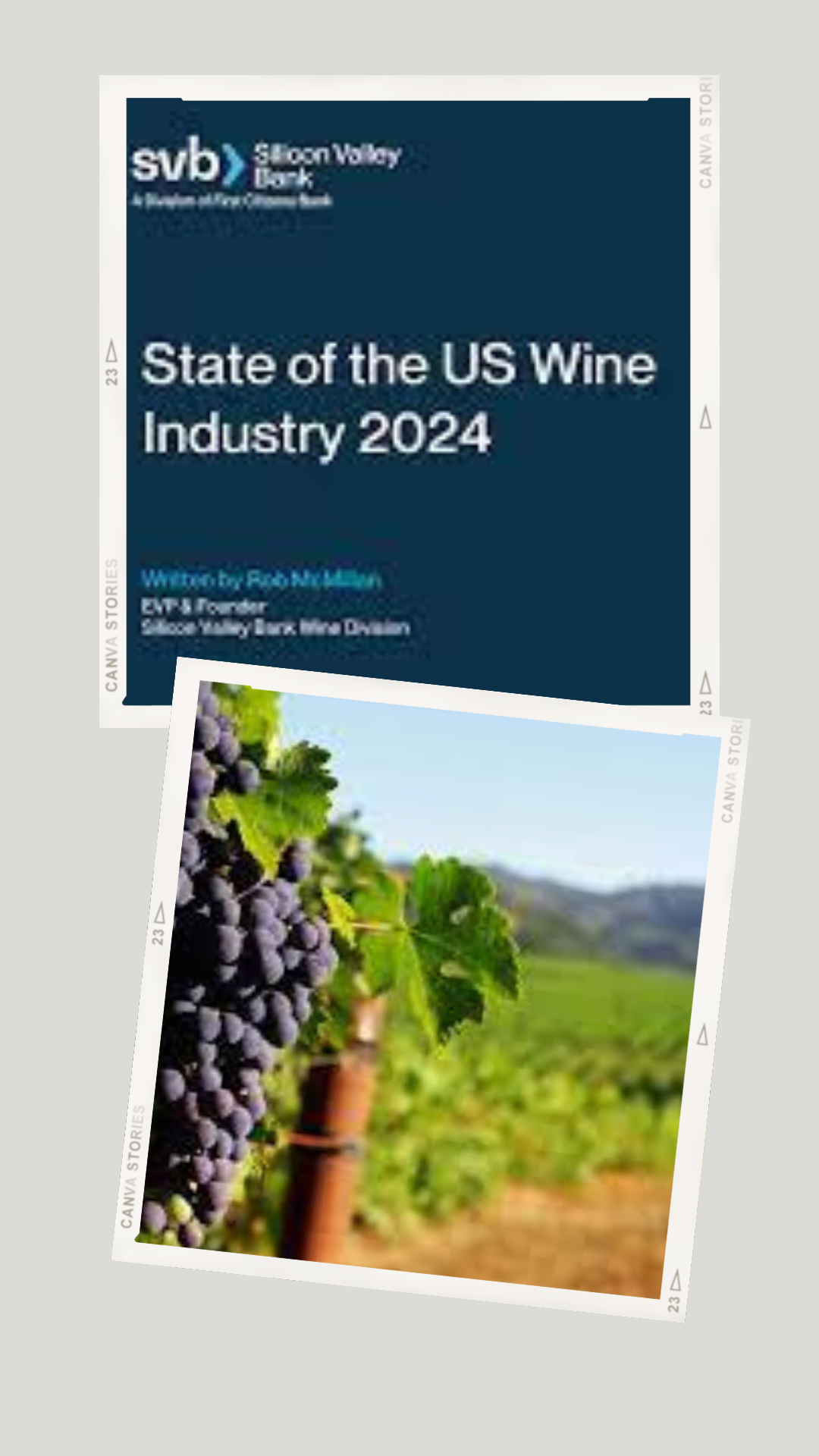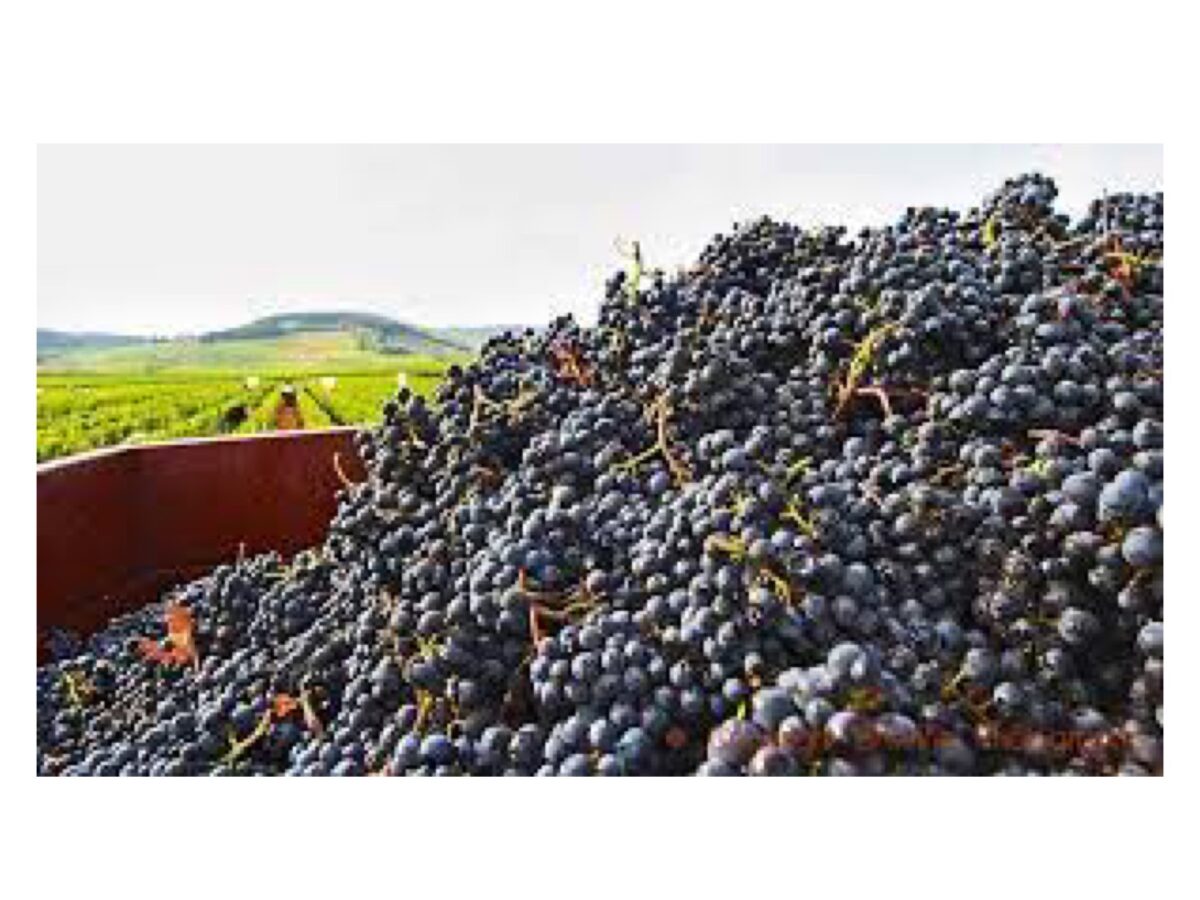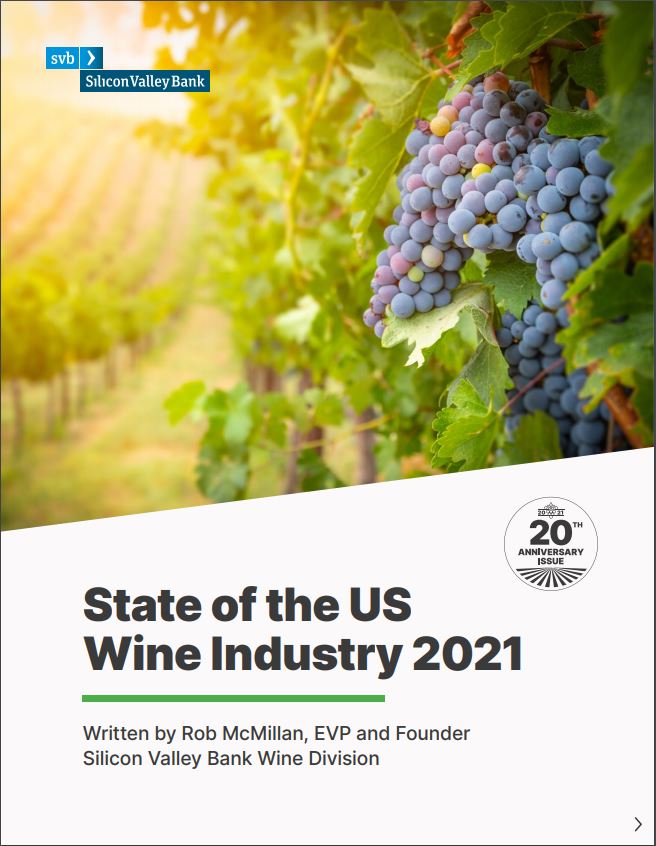The 2024 report examines the latest consumption, pricing, sales data, and the most promising wine industry marketing strategies. It provides an in-depth analysis on the key trends impacting the US wine industry:
• While full-category wine sales by volume will be down for a third consecutive year;
• 2023 year-end premium wine sales will likely end with another year of positive value growth;
• Tasting room visitation was lower in the premium segment in 2023, but improvement is expected in 2024;
• Direct-to-consumer sales will grow again modestly in 2024; and
• Conditions for overproduction in the total wine category are present, but inventory supply is more balanced in the premium segment.
Full Report: https://shorturl.at/xHXY9



